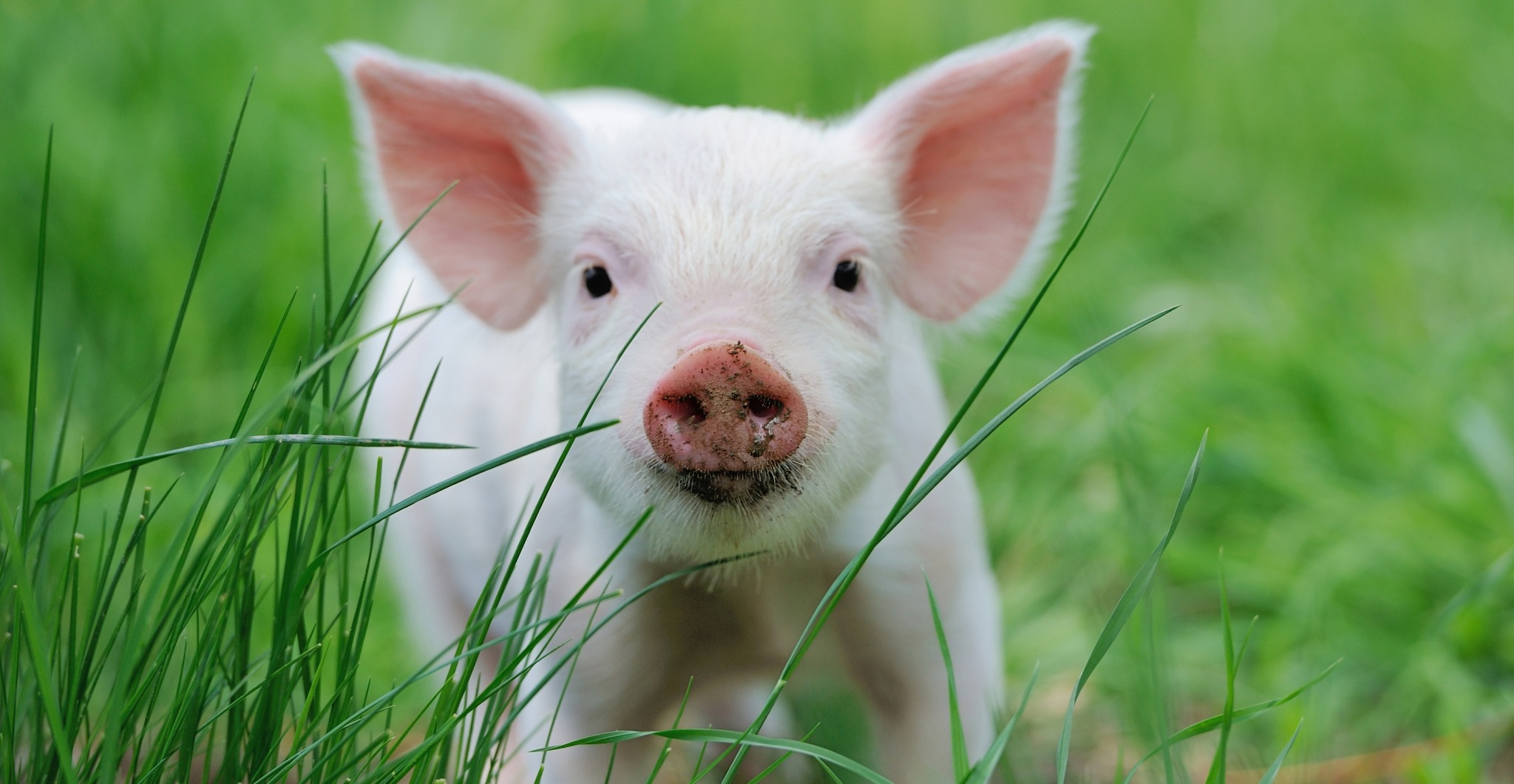A fort in Northern Ireland has been revealed to be the site where Irish pagans feasted on pig. “Bring a bottle” is a common request for any party. But “bring a pig”? That one was certainly heard a lot in Iron Age Ireland! Animal bones found at a sacred site illustrate just how far people went for their meet ‘n greets. With the emphasis on “meat”.
Navan Fort in County Armagh, Northern Ireland, has a special place in the national mythology. Also known as capital of Ancient Ulster Emain Macha, the site has a dramatic history. “Legends say that Macha, the ancient goddess of war and fertility, scored the earth with her brooch pin and traced the famous outline of this sacred stronghold of the hero Cu Chulainn,” writes the Visit Armagh website. Demigod Cú Chulainn’s mighty exploits and those of the “Red Branch warriors” read almost like comic book chronicles.
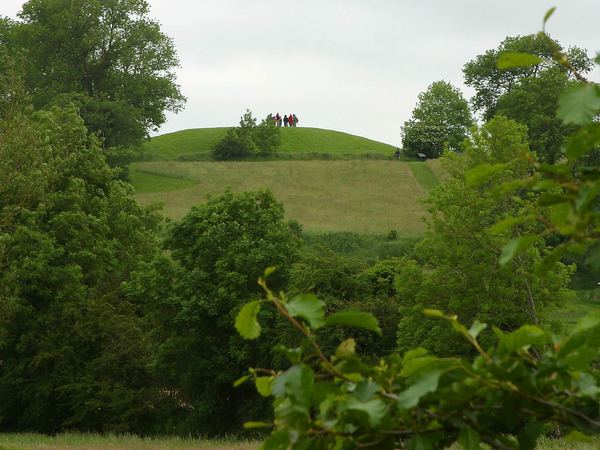
It is here that the remains of 35 animals have been excavated for a study published in Nature. This refers somewhat floridly to an “exceptional pig-dominated faunal assemblage”! Fauna is the collective term for animals from specific areas and geological periods.
Led by Dr. Richard Madgwick of the University of Cardiff, the group – who also come from Queen’s University Belfast, Memorial University Newfoundland and the British Geological Survey – employed a process called “multi-isotope analysis” to examine tooth enamel and establish their owners’ origins.
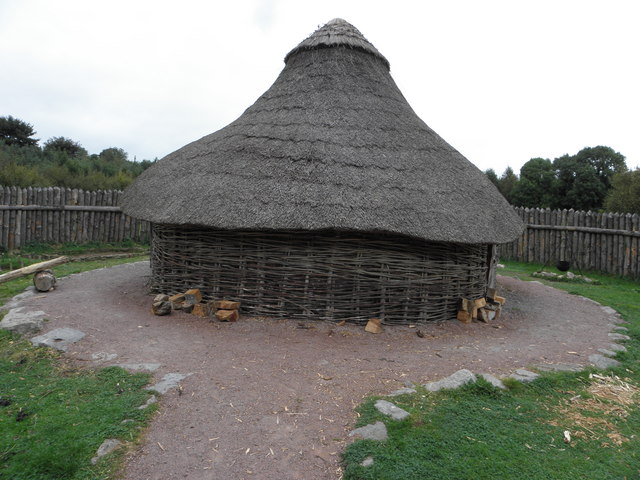
Put simply, ancient gnashers explain a lot about goings-on at Navan Fort. And the results have given experts something to chew over! “Food and water have chemical compositions linked to the geographical areas where they are sourced,” writes Phys.org. “When animals eat and drink, these chemical signals are archived in their teeth, allowing scientists to investigate the location where they were raised.”
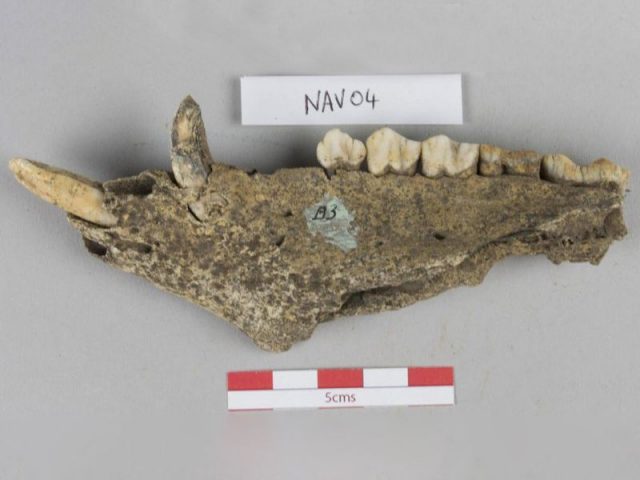
This also involves looking at the “strontium isotope”, part of a “faunal dataset” left in the landscape by various species. “New biosphere mapping means that isotope data can be more confidently interpreted,” the study states, “and the combination of strontium and sulphur analysis has the potential to estimate origins. In the absence of human remains, fauna provide the best proxy for human movement.”
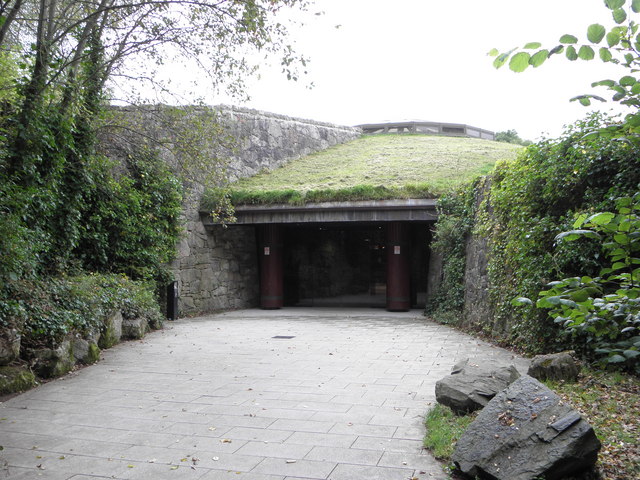
While pork was most definitely on the ceremonial menu, other animals were revealed to be from further afield. One find is of “a barbary ape cranium, likely from at least as far as Iberia.” Smithsonian.com says that while “Researchers don’t know whether the monkey was sacrificed or simply marveled at”, the fact it’s there in the first place “hints that exotic animals were commonly transported to the culturally important meeting hub.”
Not that for the Irish at this site the regular pig wasn’t a special guest of sorts. Dr. Madgwick describes them as a “very peripheral species” during the Iron Age, speaking to Atlas Obscura. Many of the visitors to Navan Fort are thought to have undertaken long treks cross country in order to be part of the ritualistic revelry.
Over in England, Stonehenge has yielded its own pig bones, brought from different locations for ceremonies. Having said that, the animals were far more common in those times. Efforts above and beyond would have been made to get the porkers in place for the Irish equivalent.
Smithsonian notes “the animals were brought to Navan Fort in small numbers from multiple locations across Ireland, possibly as far away as Galway, Donegal, Down, Tyrone and Antrim.”
Related Article: Ireland’s Mysterious Newgrange Tomb – Older than the Great Pyramids
Aside from bones, evidence of habitation going back to the Neolithic period has been uncovered. Eye-catching details include “a series of round buildings dating to the Bronze and Early Iron Ages”, according to Smithsonian. A “sprawling circular structure spans more than 130 feet and dates to the first century B.C.” This is one of the largest of its type on record, and believed to be some kind of “prehistoric feasting hall”.
What better site for the Irish to pig out? Though evidence is clear, these devoted people were seeking greater fulfillment than that of a full belly.
